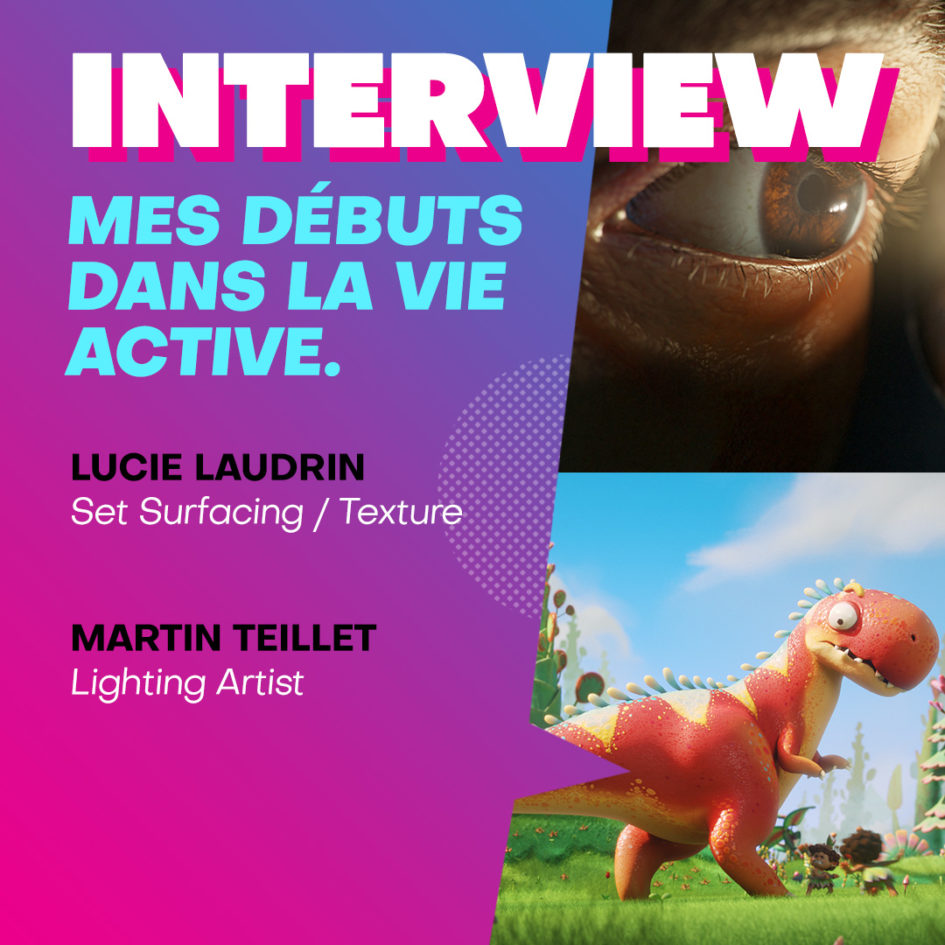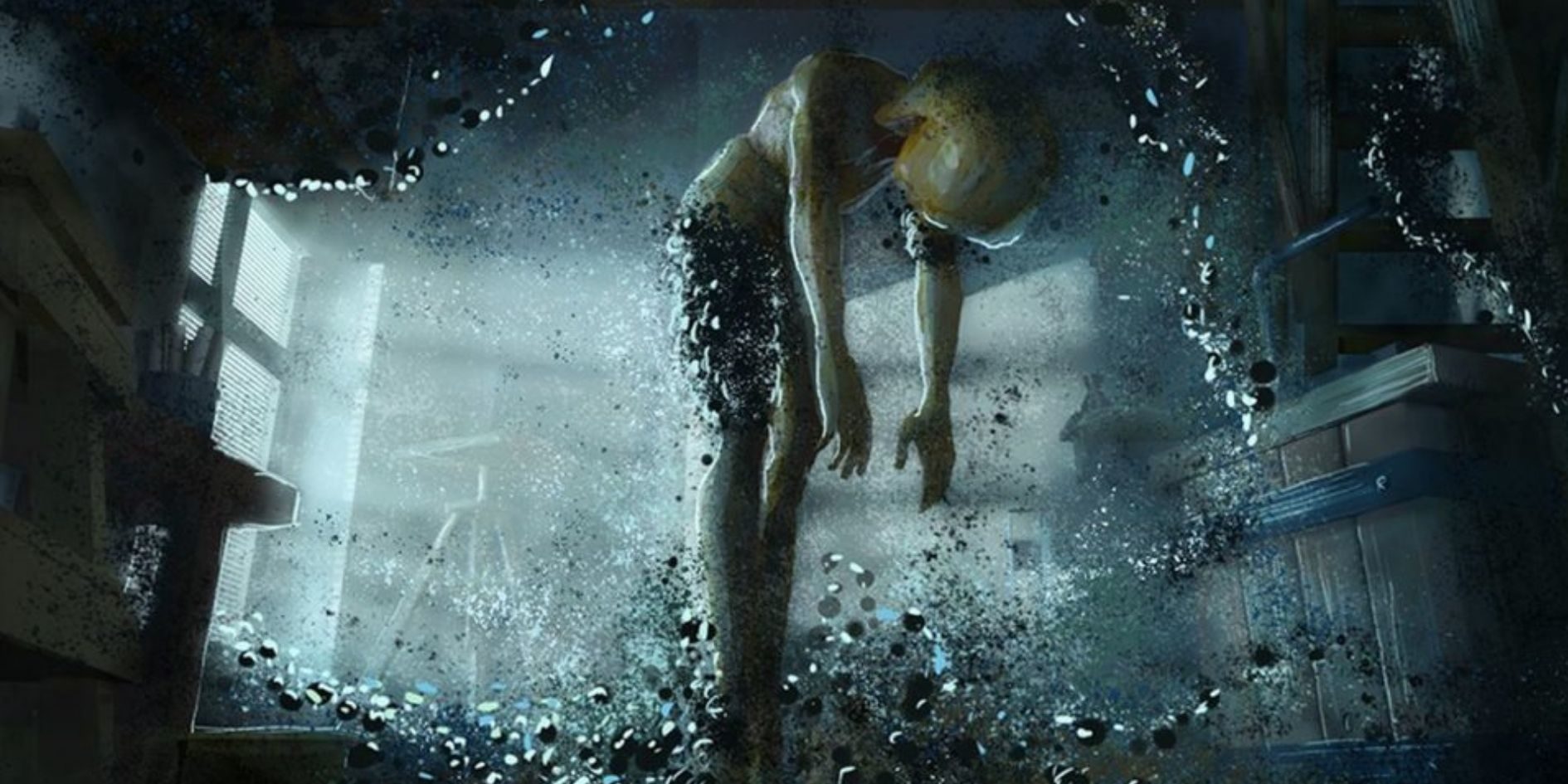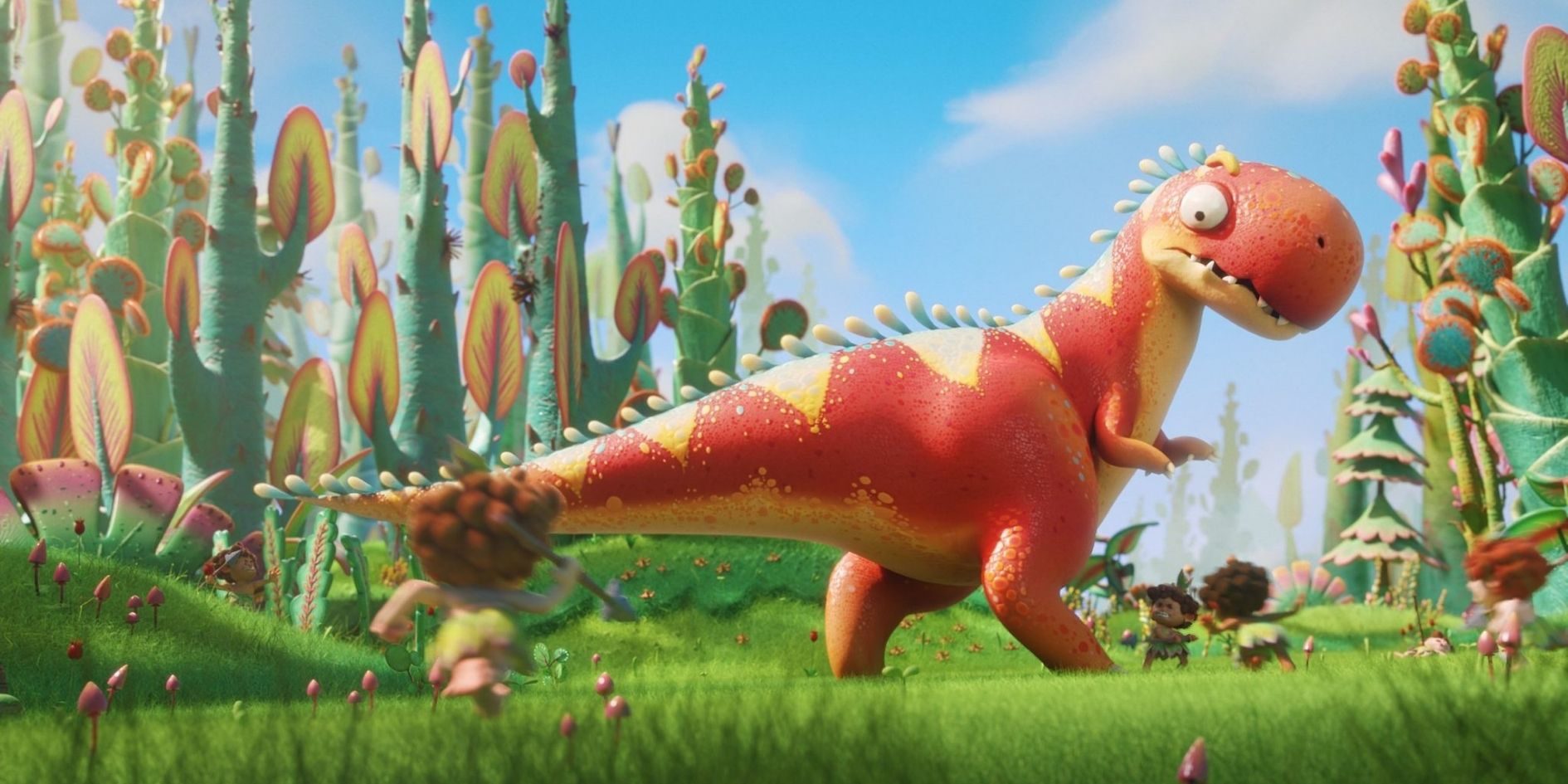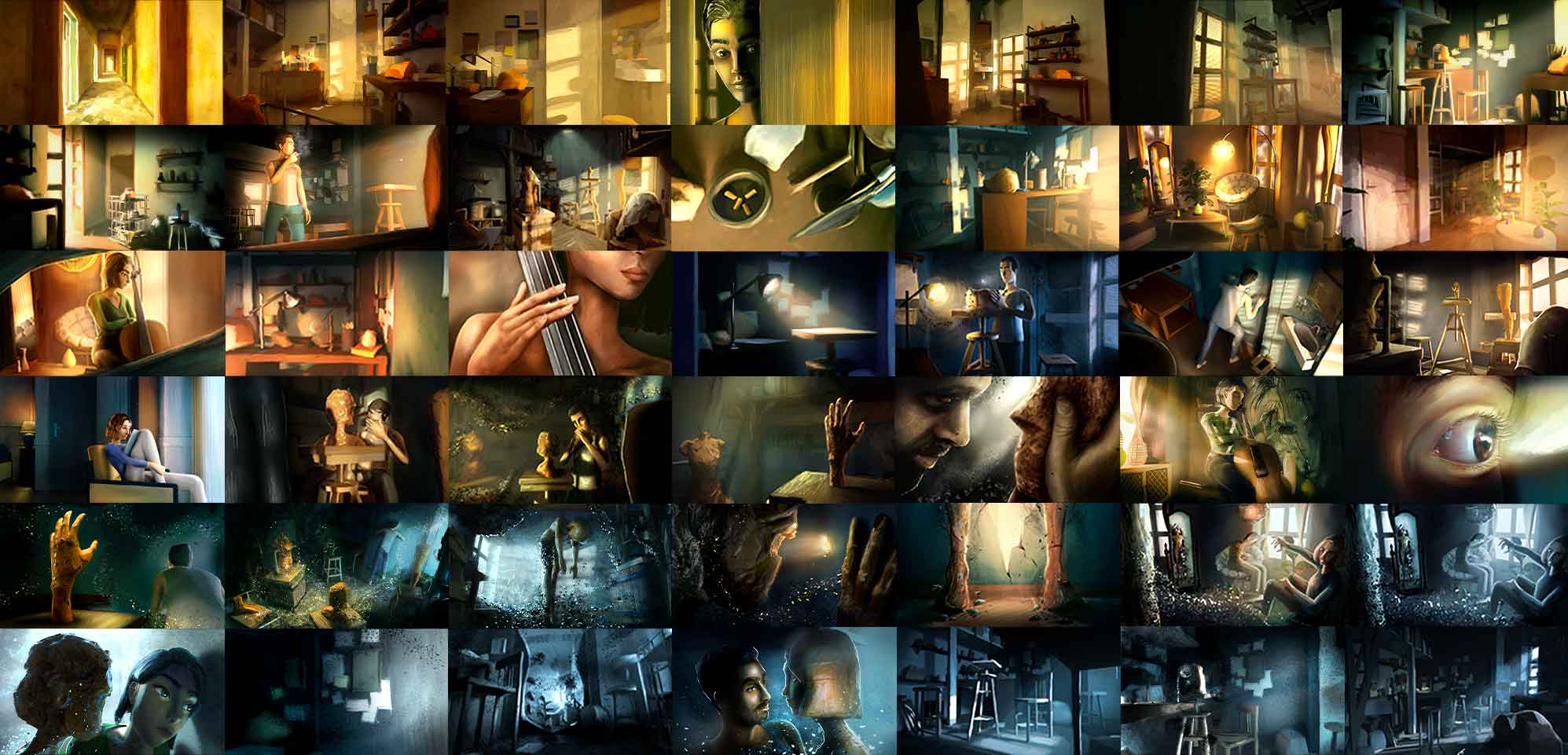
First steps in working life – Lucie Laudrin and Martin Teillet
News . 12 Jul. 2022
Just a year ago they were still students and finishing their graduation film. We find them a few months later, graduated and entered the working life. For us, Lucie Laudrin and Martin Teillet tell us about their entry into the professional world. One at Mikros in Canada and the other in Paris at Illumination Mac Guff.
Meeting with Lucie Laudrin, co-director of the film Mésozoïque Alternatif, and Martin Teillet, co-director of the film Bourdonnement, both graduates of the CG Animation & FX Master Degree. They talk about their entry into the world of work, the first flew to Canada and the Mikros studio while the second moved to Paris to join the teams of the studio Illumination Mac Guff.
HOW DID YOUR JOB SEARCH GO?
Lucie Laudrin : I focused my job search on Montreal, I absolutely wanted to find a job there to join my boyfriend already there. It was quite uncertain because I limited my search to one city and I didn’t know if I would find a job there, but my doubts were quickly dispelled because I had two interviews in September and I got a positive answer a few days later.
The most stressful part was to get my work permit because because of the covid, it was difficult for foreign CG artists to come and work in Quebec and that was precisely my case. But after long weeks of waiting, everything was finally in order and I was able to fly to Canada at the end of November, just before the snow arrived!
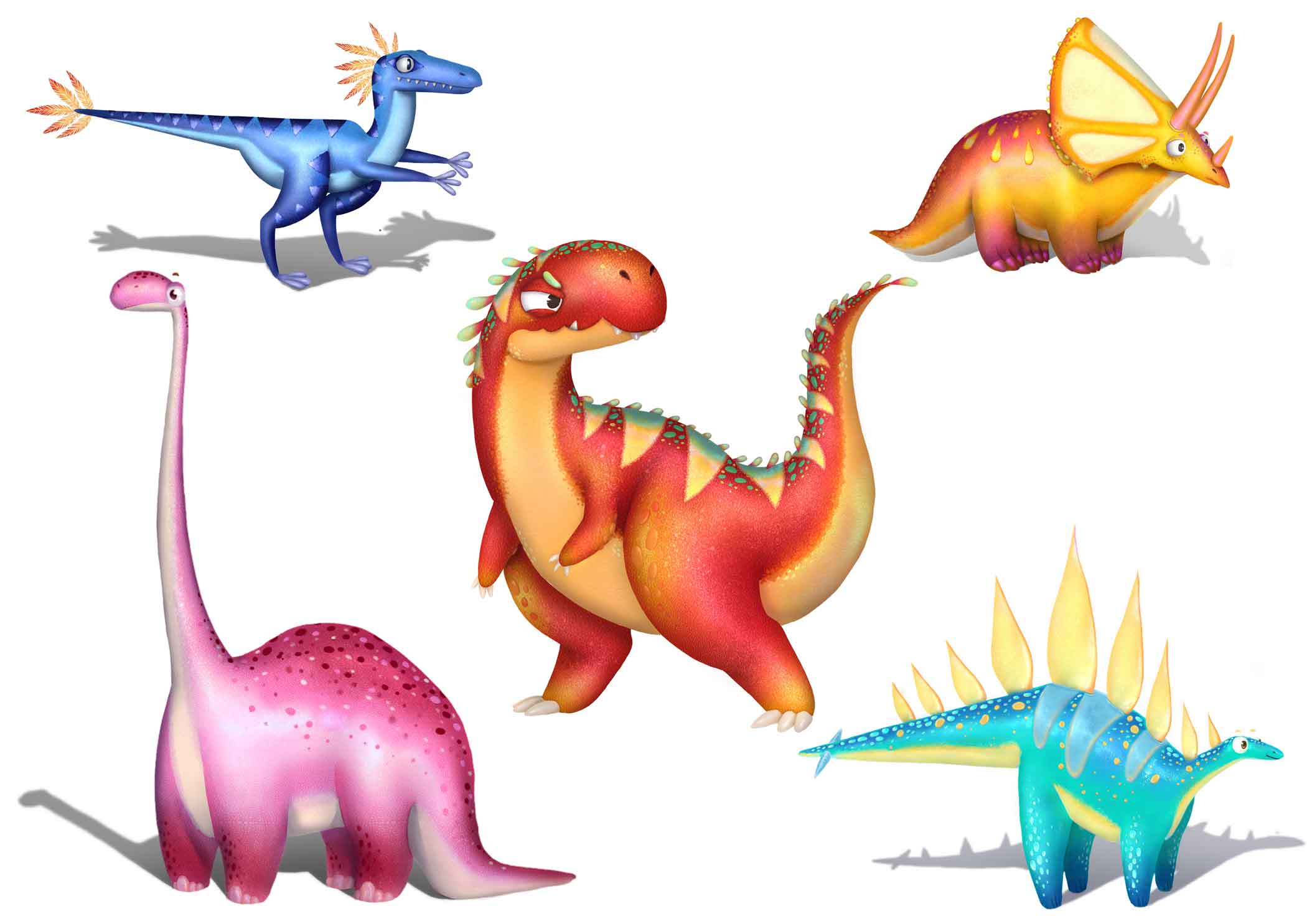
Martin Teillet : I was lucky enough not to have to look for a job. After the screening of my graduation films, I met the lighting supervisor of Illumination Mac Guff at the jobfair (editor’s note: a day of interviews between graduating students and studios organized by ESMA during the graduation jury), who suggested that I and another member of my team go for an interview with them. The process took a few months, but in the meantime a former ESMA student had proposed me to the studio Supamonks who was looking for someone in lighting-compositing on the series. So I started working two weeks after the screening. First for 2 months at Supamonks while waiting for my hiring date at Mac Guff, then since November at Mac Guff as a lighting artist.
WHAT IS YOUR CURRENT JOB AND WHAT ARE YOUR MISSIONS?
L.L.: I am a surfacing/texture set artist at Mikros Montreal where I work on the animated feature film Thelma the Unicorn that will be released on Netflix.
My job is to add colors, textures, material to the objects I receive from the modeling department, where they are still all gray. I’m in charge of the set part: it includes both the objects that will be animated and all the objects that don’t move and that constitute the sets. Basically, everything that doesn’t touch the characters. It’s very diversified because there are many objects and therefore many different materials to work with. For example, I can work on a bunch of grapes one day and a car the next.
M.T.: I am currently a lighting artist at Illumination Mac Guff. I work mainly on the lighting of the film shots and the optimization of the rendering time of the shots. But I’m also lucky enough to be able to work on the lighting set-up for the sets so that the departments upstream can have a vague idea of the overall atmosphere of the future sequence. There is also a problem-solving dimension so that we can at least identify where a problem comes from and under what conditions it manifests itself and, if possible, solve it directly.
CAN YOU TELL US ABOUT YOUR FIRST STEPS IN THE PROFESSIONAL WORLD?
L.L. : My very first professional experience was at the end of my second year during a texturing/surfacing internship at Digital Graphics, near Liège in Belgium, where I was working on the animation series Les Blagues de Toto, in co-production with the French studio Superprod. My main task was to texture a recurring set in the series: the interior of the school. It was rewarding to be able to work on a real production that was going to be broadcast on TV and also reassuring to see that I was able to do the work that was asked of me while I was only in my second year. Overall, this internship went very well, both professionally and in terms of relationships.
I’ve been at Mikros Montreal for a little over six months now and I started working there two days after my arrival in Canada. It was quite intense between the change of continent, the time difference, the training of the pipeline and some software that I didn’t know, as well as getting used to the graphic style of the film… I was lucky to be able to do all this on location with my supervisor and my colleagues who were present at the studio every day, because barely a month later, we were forced to telecommute because of Covid. Fortunately we were able to return to the studio in early March and the film crew has been growing ever since, meeting new people all the time!

M.T.: I started at Supamonks by lighting-compo on a telecommuting series. I was quite stressed at the beginning, there were 3 of us in this department for this production. In the end everything went very well, my supervisor explained to me very quickly what the requirements were regarding the number of shots to be released per day and the expected quality. It was a very good experience and I didn’t feel pushed to the limits of what we had learned and produced at ESMA, even if the expected quotas were higher than those we had on our graduation films.
Then at Illumination Mac Guff, I started working in a much larger team, (really) a lot less shots to release per day, but more expectations on the quality of the work we were delivering. There was also a lot to relearn, the pipeline of a big production, the 3d software and the renderer that are proprietary to the company. But I was lucky enough to be well trained by my supervisor before I started working on the real shots of the film, so that we could learn the specifics of their software. The fundamentals were the same as those we had seen in our training.
HOW DID YOU EXPERIENCE THIS ENTRY INTO THE PROFESSIONAL WORLD ? DID IT CORRESPOND TO YOUR EXPECTATIONS?
L.L.: It didn’t quite happen as I had imagined. After ESMA, I had left with the idea of doing lighting, so I naturally applied for this department in the studios that interested me. I was contacted by Mikros, but they didn’t have any lighting jobs available, so they offered me to start in set surfacing and I ended up doing a job that I hadn’t planned to do at all.
Now that the film is a little further along, I’m starting to be trained in lighting so I can change departments in the next few months. I’m happy to have had the opportunity to work in two different fields, it’s very rewarding and surfacing has given me knowledge that I’m sure will be very useful in lighting.

WORKING ON PROFESSIONAL PROJECTS, HOW DOES IT FEEL?
L.L.: It’s great! I’m lucky enough to be working on a feature film with a certain budget so I can take the time to detail each object and come up with different versions, without going over budget. This wasn’t always the case on the graduation film because we had to deliver a lot of work very quickly because the deadline was so tight. It was frustrating not being able to spend more time on my work to make it better, so I’m glad I can afford it on this film.
M.T.: It’s very interesting. I have the chance to work on projects that I already dreamed about when I was younger, to discover at the same time how a large scale production is organized, to take the time to automate repetitive and less interesting tasks, and especially to be able to take the time to push a lighting to the quality expected on a large scale animation film production.
AFTER THESE FEW MONTHS AFTER SCHOOL, WHAT DO YOU THINK OF YOUR TRAINING AT ESMA ?
L.L. : I learned a lot of things at ESMA and the main positive point for me is the generalist aspect of the training. I’m really grateful to have been able to get an idea of the many jobs that touch on 3D through passionate professors and to understand how the different departments work together. It opens you up to a lot of things and it gave me the opportunity to work in several departments once I left school and that’s really cool.
The work methods and software I learned at school are also very similar to the ones I use in the studio, so I personally felt very comfortable. Even on the software that I didn’t know, the principle remains the same as what we saw at school so the adaptation is done quickly.
M.T.: I think I was very lucky to be able to join ESMA. I’ll speak especially for the school in Nantes, but we were lucky to have a teaching staff and teachers who were at least as passionate as the students, who always pushed us creatively and supported us technically, and who also wanted to learn when the students wanted to try things that were a little outside the framework of the training. At the end of the fourth year, we had a relationship with them that was very similar to the one I have today with my colleagues in the working world. As far as the training itself is concerned, I don’t have much to say either, I think I was very well prepared for the world of work. Despite the fact that some principles or software may change, the fundamentals remain the same and the desire to learn that you acquire during the training is in my eyes a great asset once you arrive in the working world, since you continue to learn thanks to your colleagues and your superiors.
WHAT ARE YOUR PLANS FOR THE FUTURE?
L.L.: I will soon change departments to go to lighting, which should keep me busy for a while. After this film, there will surely be new projects at Mikros that will allow me to stay, but I’m not closed to the idea of changing studios, cities, or even countries. It will depend on many things and I haven’t thought about it yet. My current work permit runs until November 2023 so I’ll stay in Canada at least until then and then we’ll see.

M.T. : For the moment I am very happy to be on this type of production. I feel that I’m progressing and learning every day, and we have the chance to take care of a lot of things during the lighting process, because if we can solve a problem in the shot ourselves without sending it to the departments upstream, we are encouraged to do so. For the future, I could probably be tempted by an experience abroad, I would also love to try a production in vfx, on a more generalist position if it’s possible. We’ll see what opportunities come up.
WHAT IS LIFE LIKE ABROAD?
L.L.: I feel like I’m on vacation ahah, I don’t really feel at home and Montreal will probably only be a passing city in my life, but it’s a great experience to be here. I love the fact that I’m discovering new places, new cities, new landscapes, and since everything is new to me here, I have plenty to do!
Montreal is a big city but it has the advantage of being close to nature, there are many urban parks accessible by public transportation and huge national parks within a few hours drive if you have a car. For me, as a hiker and wildlife photographer, this is a really nice destination. There are lots of new species to discover here, both in terms of mammals and birds, so I get to see a lot every weekend.

FREE COMMENTARY
L.L.: A word to the students: Hang in there! Studies can be difficult but they offer incredible opportunities, you can work almost anywhere in the world and on great projects! We can blossom in our profession, and just for that I think we are really lucky.
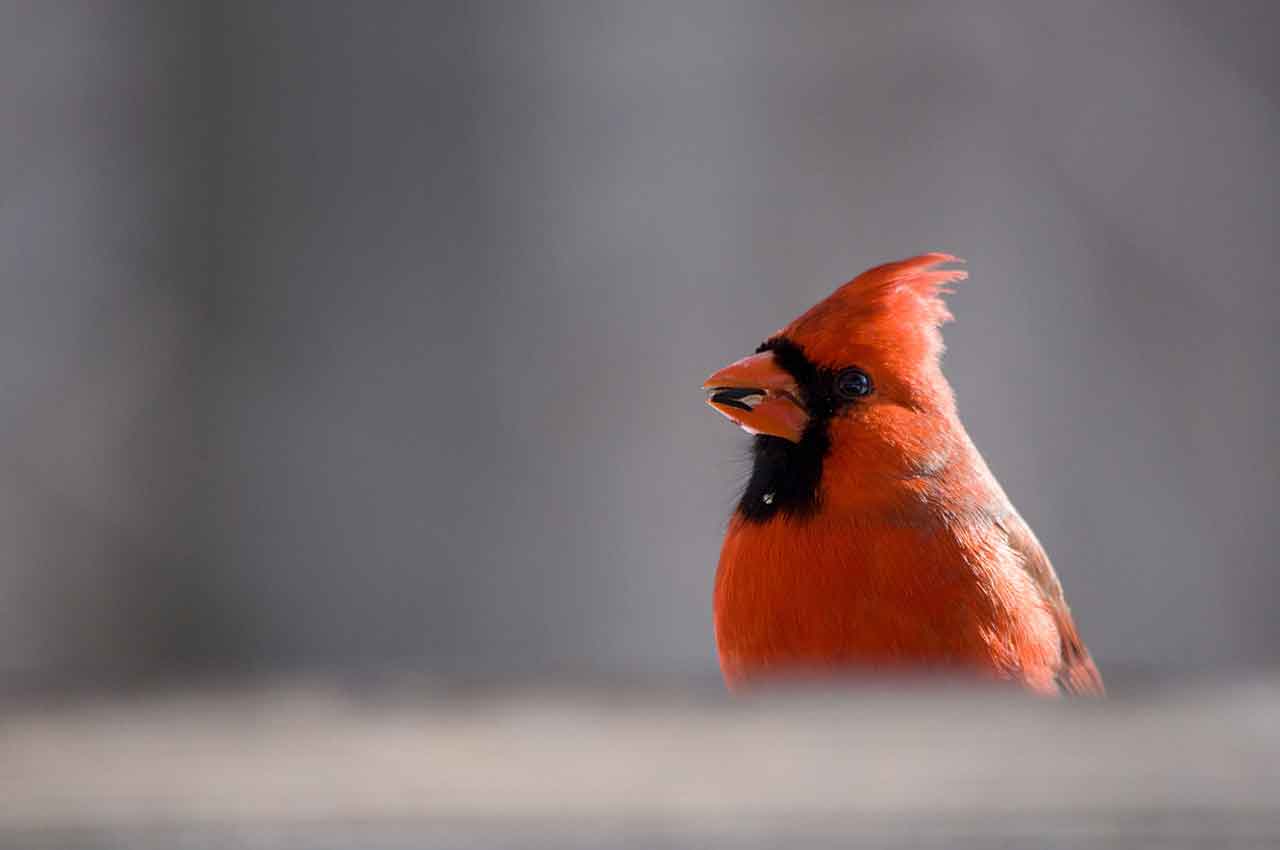
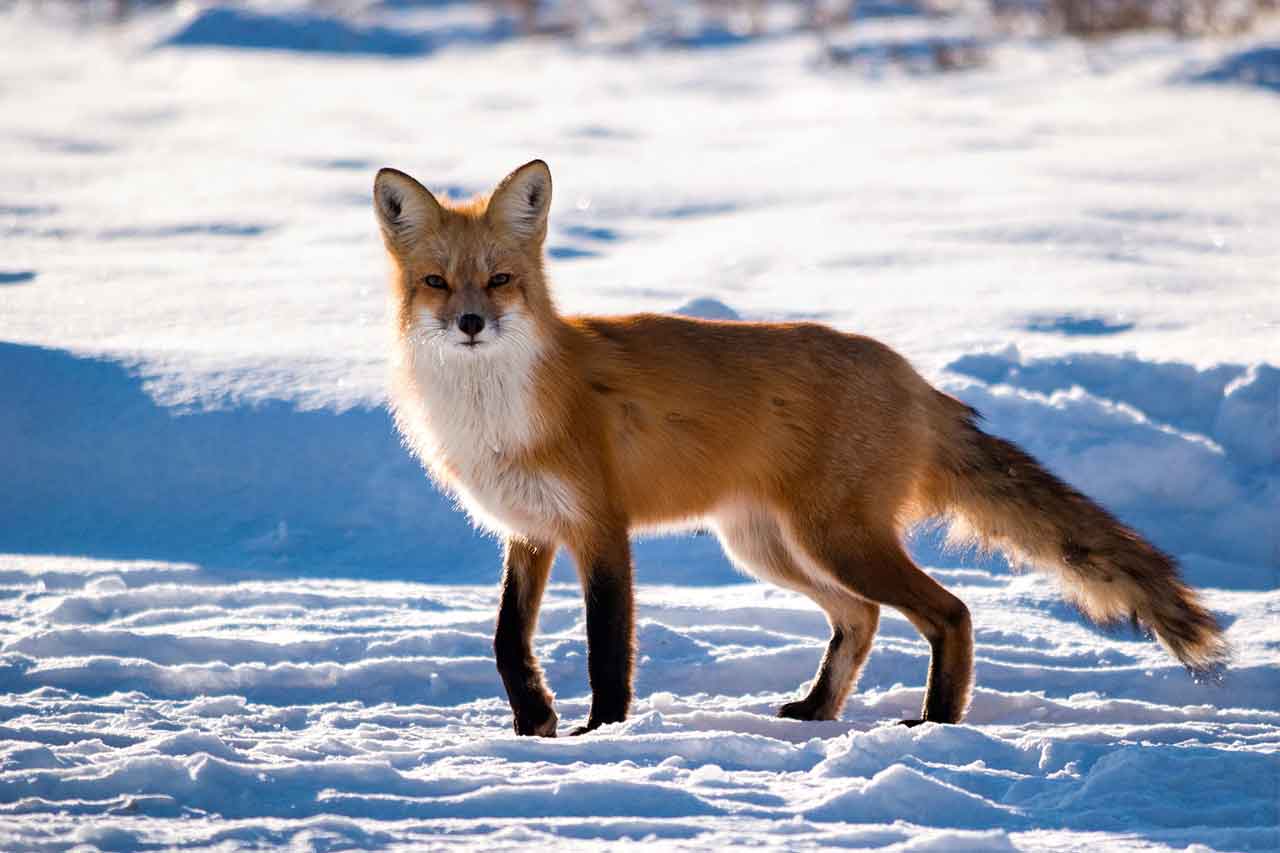

Images : travaux issus des films Mésozoïque Alternatif et Bourdonnement.
Photos de Lucie Laudrin.



